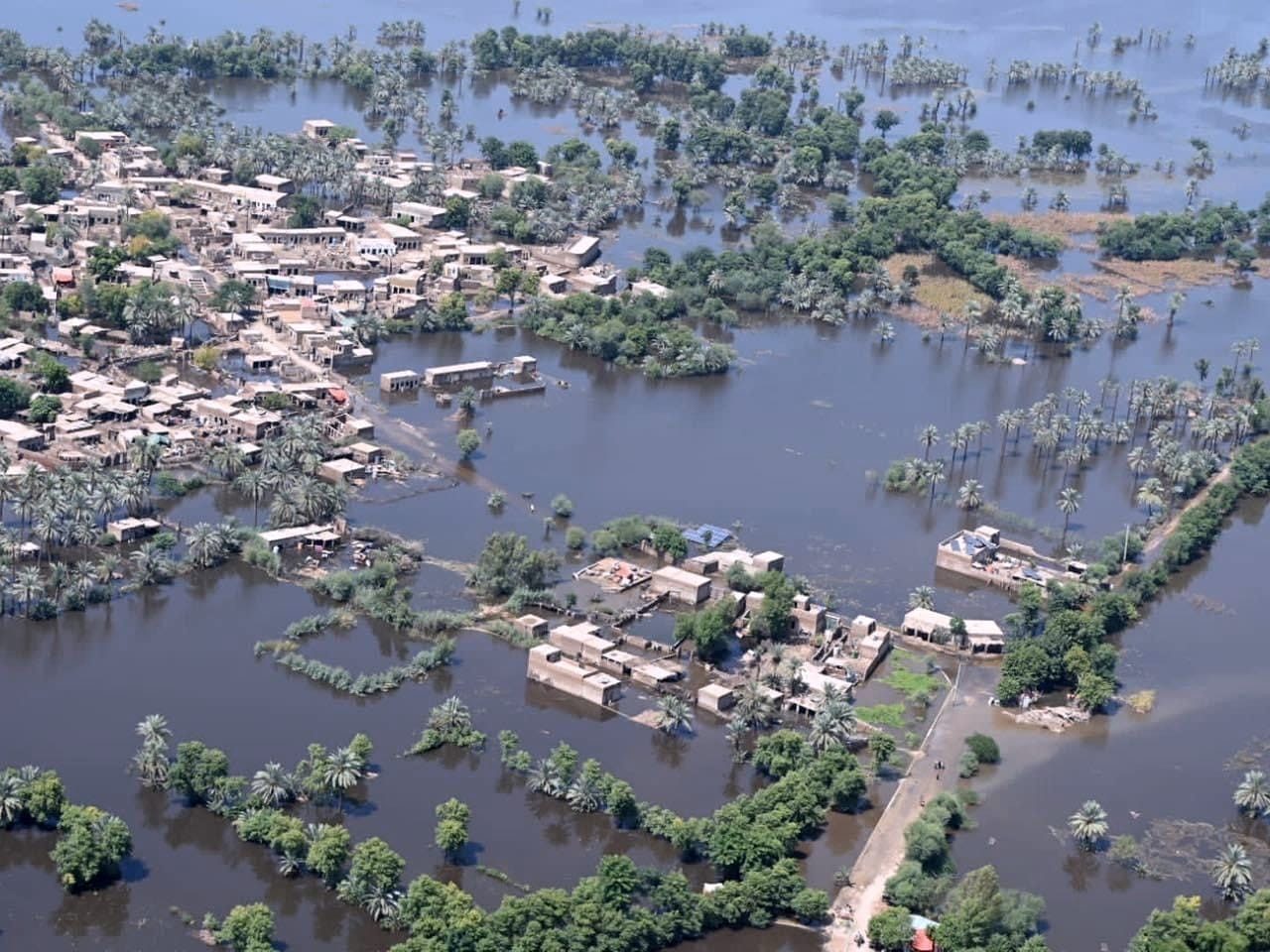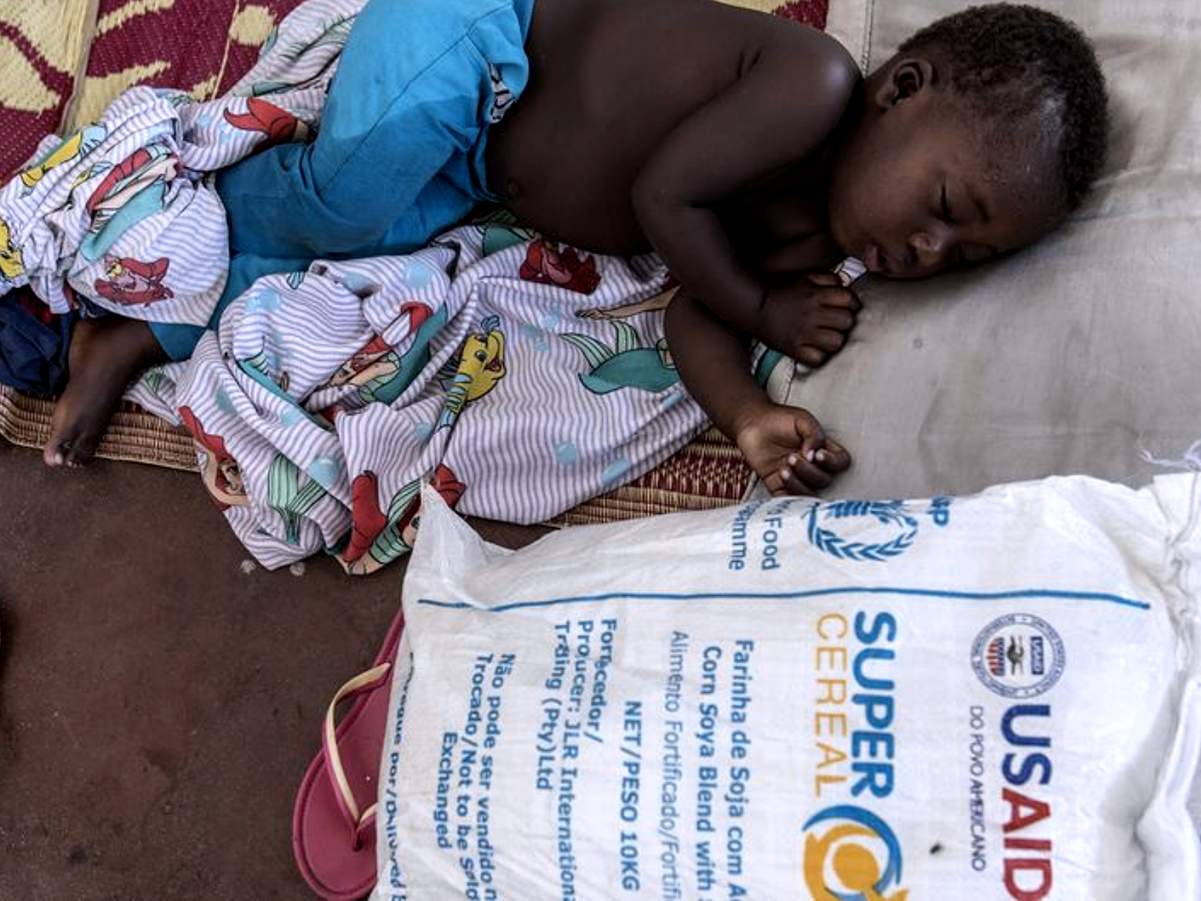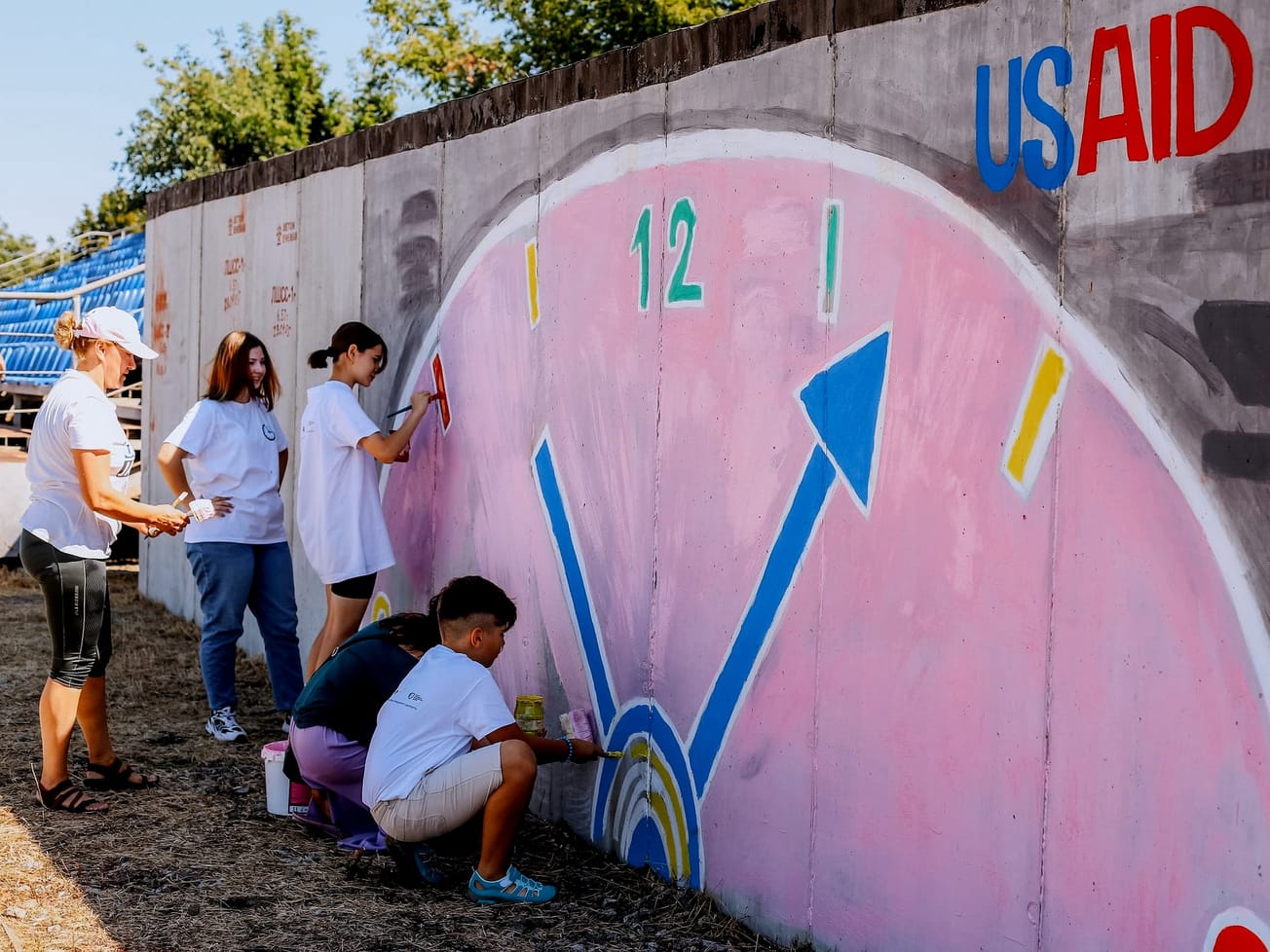With more than 4% of the world’s people in need of assistance, the United Nations is seeking a record $51.5 billion to help the most needy and vulnerable in nearly 70 countries.
Martin Griffiths, the U.N.’s top emergency relief official, on Thursday described the needs as “shockingly high” saying that he expects that this year’s humanitarian emergencies to continue into 2023.









